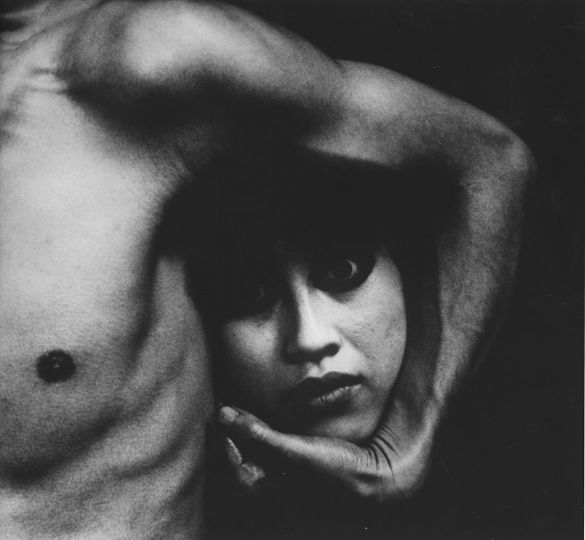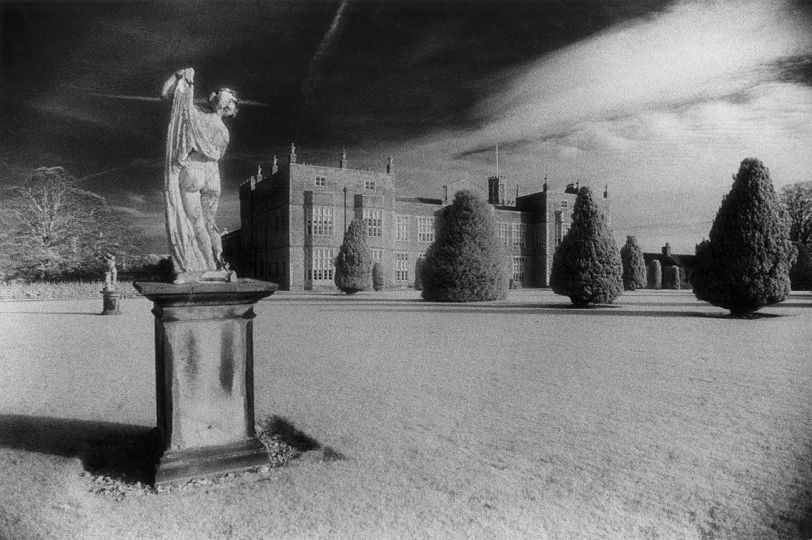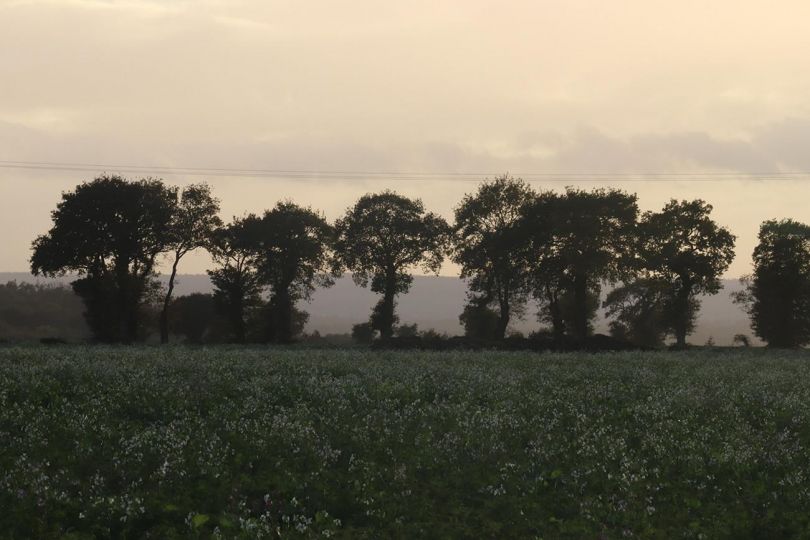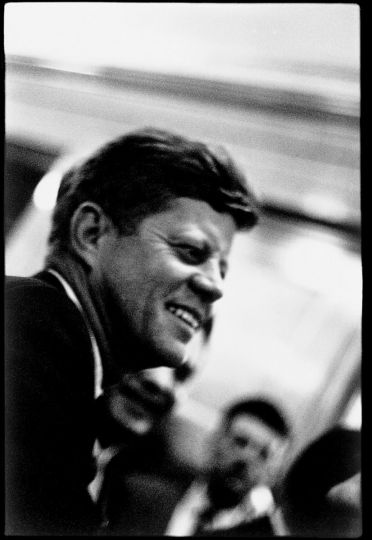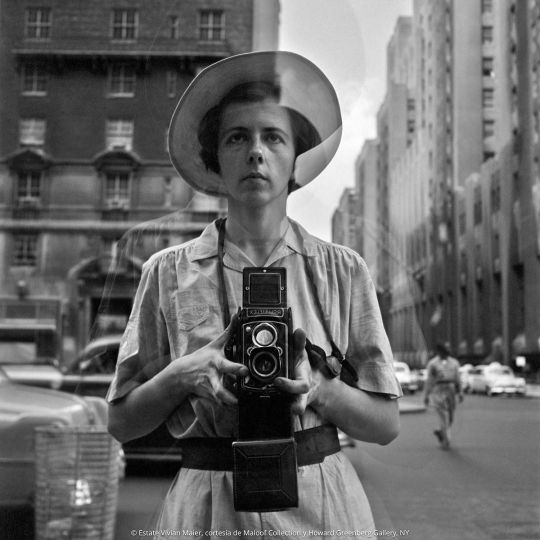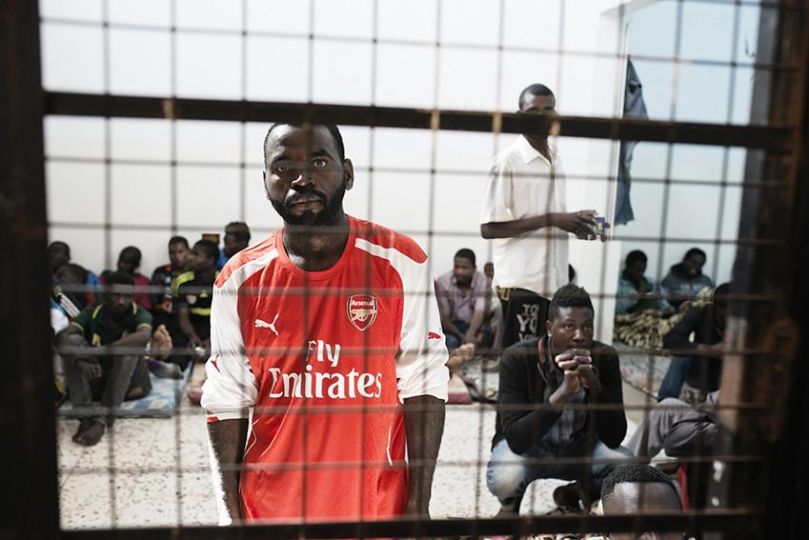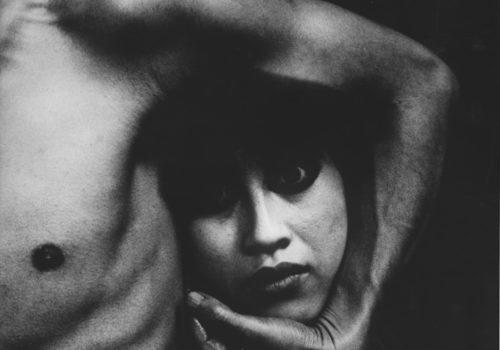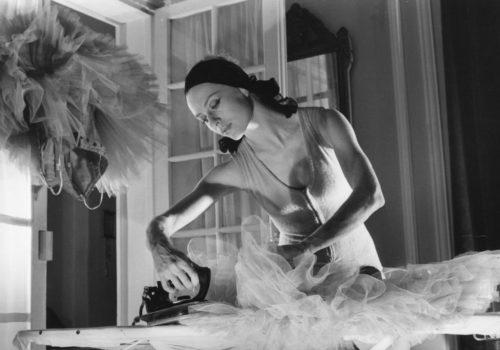First exhibit in Italy for Dora Maar (alias Henriette Theodora Markovitch), who is remembered most as the lover and muse of Picasso than for her work as an artist and a photographer. But Dora Maar (Paris, 1907-1997), a woman of rare beauty and enigmatic personality, was much more than this: she was an artist in her own right, and the exhibition presented by the Fondazione Musei Civici di Venezia at Palazzo Fortuny, aims to highlight her talent “despite Picasso”.
Thanks to loans from museums and private collections, the exhibition, with over 100 works including some unpublished ones, examines the career and personality of Dora Maar. She was a complex and tormented woman as portrayed in her portraits by Picasso or the ones by Man Ray or Izis, but also acute, intelligent and politically involved.
She lived with his family (her father was a famous Croatian architect and her mother was from France) in Buenos Aires and Paris, where she attended the École et Ateliers d’Arts décoratifs and the Academie of the cubist painter André Lhote, meeting Henri Cartier-Bresson. Dora Maar then decided to study photography at the École de Photographie de la Ville de Paris.
Her the first works on commission date back to 1928 and in 1930 she started working as Harry Ossip Meerson assistant. In his studio she knew Brassaï. Then she used to work with Pierre Kefer, signing their works with the stamp Kefer-Maar, but many shots were entirely by Dora. In these pictures there is great attention to social exclusion, to childhood, to everyday life in the streets between popular looking (markets, fairs) and an eccentric one (the tattoo shop, the wizard shop or the man wearing a bowler and selling matches, showing the sign: “I lost everything in business”). Dora, who focused on the poor during the great crisis of 1929, also turns to politics. Often at that time she also was in Montparnasse seeing Paul Eluard and Pierre and Jacques Prevert.She decided to engage a struggle in favor of the lower classes and joined the Masses group in 1933, where she met the philosopher Georges Bataille: their relationship lasted only a few months, their friendship was much longer.
Among the themes that haunted Dora Maar: hands and eyes, blindness as well as people in trance or asleep. In a surprising collage so far unpublished, Aveugles à Versailles, she gathered all blind people she photographed in the residence of the King of France, in such a surrealist vision. Indeed, Dora political commitment coincides with her being part of the surrealist group. She showed her works at the Tenerife Surrealist Exhibition (1935), at the NewYork Fantastic Art, Dada and Surrealism (1936), and at the Surrealism International exhibition in London. In 1935-1936 she creates some of her best surrealist photographs, including Le Simulateur and Onirique. The famous Portrait d’Ubu is on show at the Exposition surréaliste d’objets at the Galerie Charles Ratton in Paris and at the International Surrealist Exhibition in London.
Dora worked both on experimental and on commercial photography. She shot portraits, nudes, advertising. As other photographers of this same period she adopted an experimental language also for her commercial assignments: solarization and photomontage for example.
Then, in 1936 Paul Éluard introduced Dora to Picasso and the two started a passionate and tormented relationship. Dora photographed the different phases of Guernica, leaving an extraordinary document on the genesis and evolution of this masterpiece as the beautiful series that the National Museum Centro de Arte Reina Sofia lent to Palazzo Fortuny exhibit prove. In 1937 Dora got back to painting, while Picasso in these same years immortalized her in countless paintings. But Picasso betrayals and his relationship with the young painter Françoise Gilot were too much for Dora: she got depressed and she lived cut off from the world for the remaining 50 years of her life. “Sacrificed to the Minotaur”, newspapers titled when Dora Maar died in 1997.
The exhibit has been curated by Victoria Combalía; layout by Daniela Ferretti; scientific coordination Gabriella Belli. Catalogo by Skira publisher.
EXHIBITION
Dora Maar
Despite Picasso
Palazzo Fortuny
San Marco 3958 San Beneto
30124 Venezia
Italy


